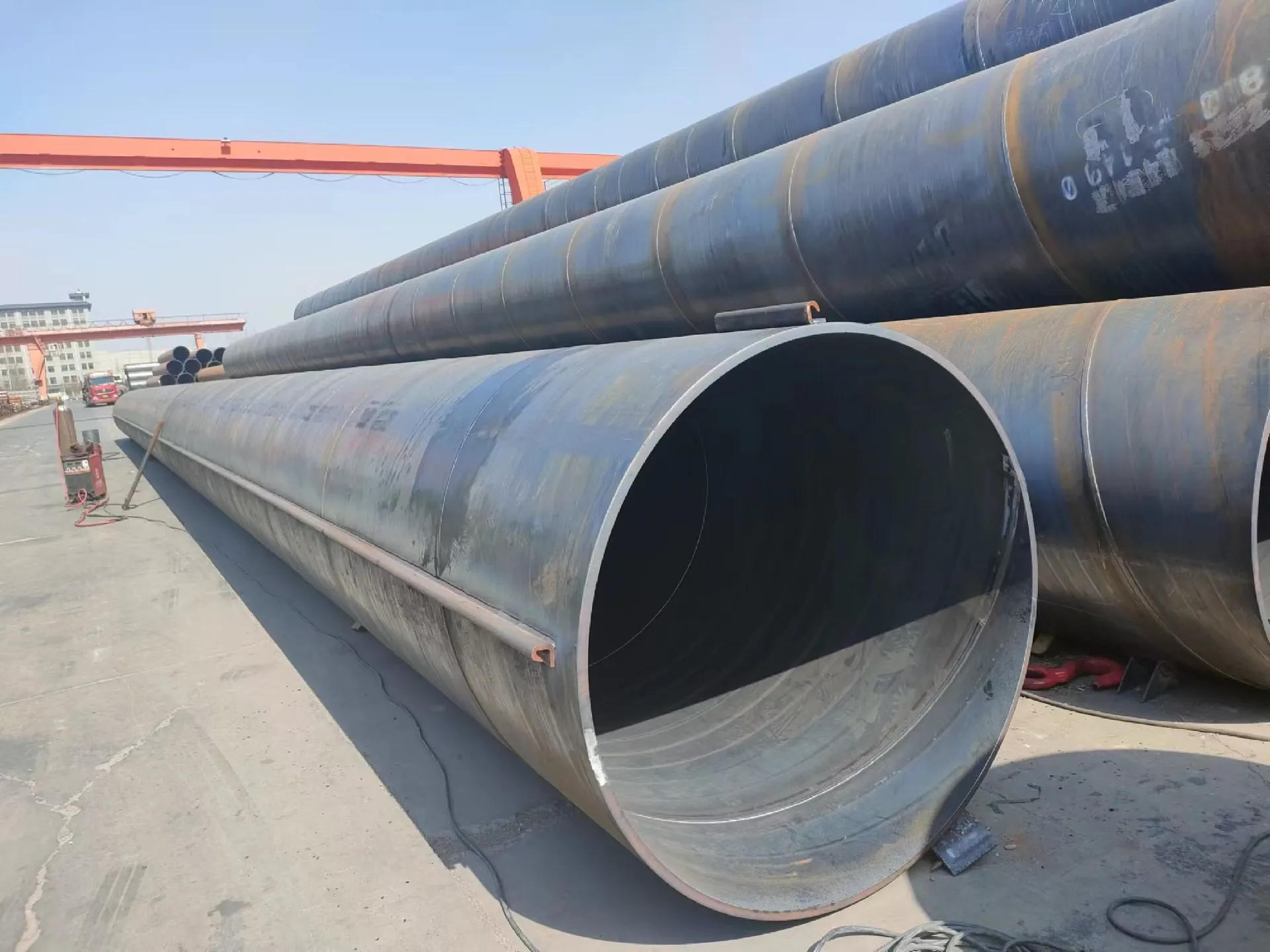-
Cangzhou Yulong Steel Co., Ltd.
-
Phone:
+86 13303177267 -
Email:
admin@ylsteelfittings.com
- English
- Arabic
- Italian
- Spanish
- Portuguese
- German
- kazakh
- Persian
- Greek
- French
- Russian
- Polish
- Thai
- Indonesian
- Vietnamese
- Zulu
- Korean
- Uzbek
- Hindi
- Serbian
- Malay
- Ukrainian
- Gujarati
- Haitian Creole
- hausa
- hawaiian
- Hebrew
- Miao
- Hungarian
- Icelandic
- igbo
- irish
- Japanese
- Javanese
- Kannada
- Khmer
- Rwandese
- Afrikaans
- Albanian
- Amharic
- Armenian
- Azerbaijani
- Basque
- Belarusian
- Bengali
- Bosnian
- Bulgarian
- Catalan
- Cebuano
- China
- China (Taiwan)
- Corsican
- Croatian
- Czech
- Danish
- Esperanto
- Estonian
- Finnish
- Frisian
- Galician
- Georgian
- Kurdish
- Kyrgyz
- Lao
- Latin
- Latvian
- Lithuanian
- Luxembourgish
- Macedonian
- Malgashi
- Malayalam
- Maltese
- Maori
- Marathi
- Mongolian
- Myanmar
- Nepali
- Norwegian
- Norwegian
- Occitan
- Pashto
- Dutch
- Punjabi
- Romanian
- Samoan
- Scottish Gaelic
- Sesotho
- Shona
- Sindhi
- Sinhala
- Slovak
- Slovenian
- Somali
- Sundanese
- Swahili
- Swedish
- Tagalog
- Tajik
- Tamil
- Tatar
- Telugu
- Turkish
- Turkmen
- Urdu
- Uighur
- Welsh
- Bantu
- Yiddish
- Yoruba

Dec . 30, 2024 07:33 Back to list
150 lbs flange
Understanding 150 lbs Flange A Comprehensive Overview
Flanges are integral components in various industries, serving as critical junctions for connecting pipes, valves, pumps, and other equipment. Among the many specifications and types of flanges available in the market, the term 150 lbs flange often arises, indicating a specific pressure class that dictates its capacity and application. In this article, we will explore what a 150 lbs flange means, its applications, materials, and installation considerations.
What is a 150 lbs Flange?
A 150 lbs flange refers to a flange rated for a pressure of 150 psi (pounds per square inch) at a specific temperature. The designation 150 lbs comes from the pressure-temperature rating established by the American National Standards Institute (ANSI) and the American Society of Mechanical Engineers (ASME). These flanges are commonly used in water, steam, and gas applications across various industries, including oil and gas, chemical processing, and water treatment.
The ANSI B16.5 standard typically governs the dimensions and tolerances of these flanges, ensuring that they conform to established guidelines for safe and effective operation. The 150 lbs flange can be made from various materials, including carbon steel, stainless steel, and alloy steel, which are selected based on the nature of the fluid being transported and the operating environment.
Material Selection
The choice of material for a 150 lbs flange is crucial for ensuring durability and resistance to corrosion. Common materials used include
1. Carbon Steel Often used for general applications, carbon steel flanges provide excellent strength and pressure containment but may require protective coatings to prevent corrosion in certain environments. 2. Stainless Steel This material is preferred for applications involving corrosive substances because of its enhanced resistance to oxidation and corrosion. Stainless steel flanges are particularly suitable for food processing and pharmaceutical industries.
3. Alloy Steel In high-temperature or high-stress applications, alloy steel flanges may be utilized. These flanges are designed to withstand extreme conditions and provide longevity in demanding environments.
Applications of 150 lbs Flanges
150 lbs flange

The versatility of 150 lbs flanges lends itself to a wide array of applications. Some common uses include
- Pipelines Connecting lengths of pipe in systems that transport water, steam, or various gases. The 150 lbs flange can effectively handle moderate pressure levels typical in these applications. - Industrial Machinery Flanges are often used to attach machinery components, ensuring a secure connection that can withstand operational stresses. - HVAC Systems Used in heating, ventilation, and air conditioning systems for connecting ductwork and ensuring proper fluid flow. - Chemical Processing 150 lbs flanges are suitable for various chemical processes where mechanical reliability and pressure ratings are critical.
Installation Considerations
Proper installation of a 150 lbs flange is essential for ensuring system integrity and preventing leaks. Several best practices should be followed
1. Surface Preparation Ensure that both flange faces are clean, flat, and free of any dust or debris before joining them together. 2. Gasket Selection Use an appropriate gasket material based on the fluid type and temperature. Ensure that the gasket fits snugly within the bolt circle of the flange.
3. Bolting Techniques Use the correct bolt size and type as per the flange specifications. It’s important to tighten bolts in a criss-cross pattern to evenly distribute the pressure.
4. Inspection After installation, inspect the joint for any signs of leakage and monitor the system for pressure fluctuations.
Conclusion
A 150 lbs flange is a vital component in many industrial applications, with its robust design and reliable pressure rating making it suitable for a variety of fluids and environments. Understanding the specifics of material selection, application usage, and installation practices is essential for engineers and technicians tasked with maintaining piping systems. By adhering to industry standards and best practices, you can ensure the safety and efficiency of systems utilizing 150 lbs flanges, ultimately contributing to the overall success of engineering projects.
Latest news
-
ANSI 150P SS304 SO FLANGE
NewsFeb.14,2025
-
ASTM A333GR6 STEEL PIPE
NewsJan.20,2025
-
ANSI B16.5 WELDING NECK FLANGE
NewsJan.15,2026
-
ANSI B16.5 SLIP-ON FLANGE
NewsApr.19,2024
-
SABS 1123 FLANGE
NewsJan.15,2025
-
DIN86044 PLATE FLANGE
NewsApr.19,2024
-
DIN2527 BLIND FLANGE
NewsApr.12,2024
-
JIS B2311 Butt-Welding Fittings LR/SR 45°/90° /180°Seamless/Weld
NewsApr.23,2024











